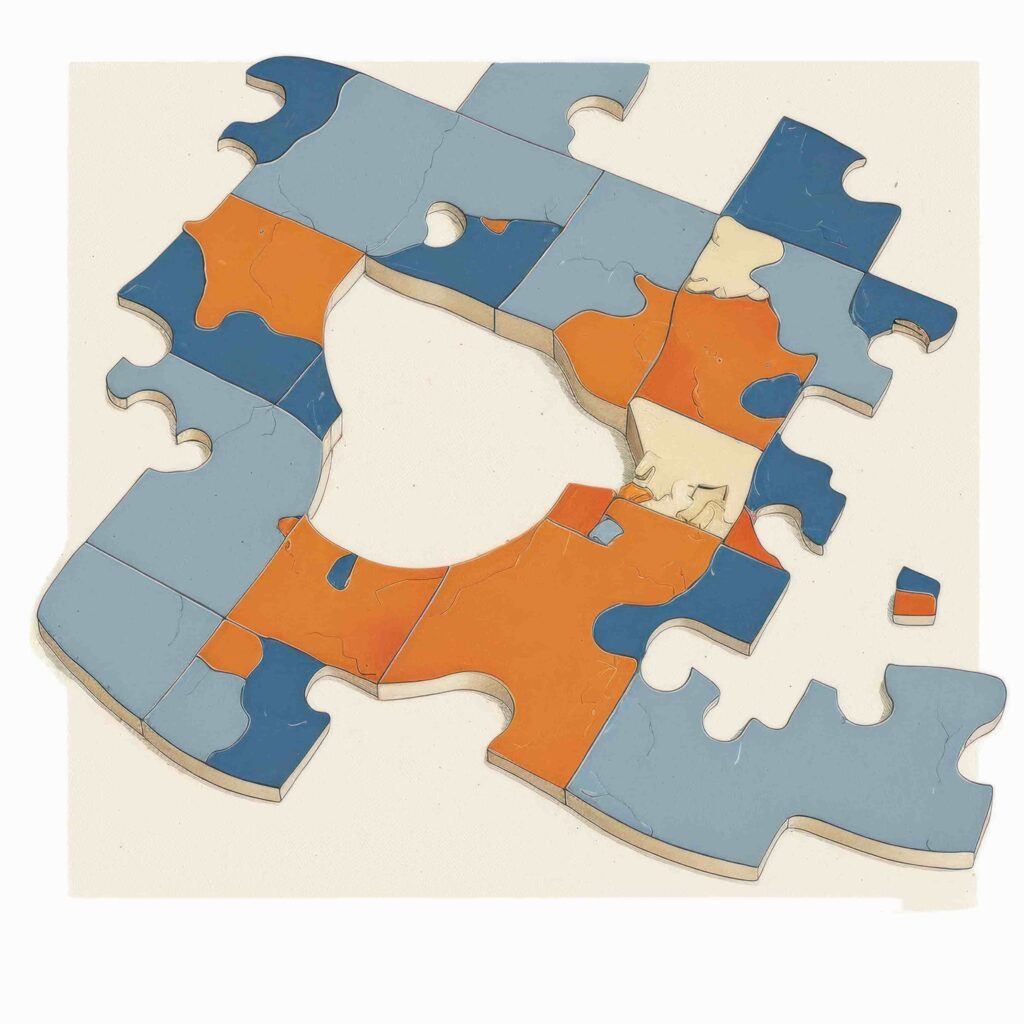Dan Ariely’s applied behavioral economics firm, Irrational Labs, has become a well known player in the world of behavioral science.
After working with a variety of different companies (like Credit Karma, Google, and Intuit), they’ve developed their own behavior change framework: The 3Bs of Behavioral Design (also called the 3B Framework).
The 3Bs are:
- Behavior
- Barriers
- Benefits
Behavior
According to the 3B Framework, it is important to identify the one key behavior that you’d like to change.
This is a standard part of most behavior change frameworks.
Barriers
The 3B Framework is focused on identifying behavior barriers. These are things that are preventing the key behavior from occurring.
This is similar to the Fogg Behavior Model, which is also built around determining which behavioral elements are missing and thus preventing behavior from occurring.
Barriers are all about ability.
Benefits
The final element of the 3B Framework is benefits. According to the team at Irrational Labs, it’s important to “amplify benefits”. In other words, it’s important to make the benefits of performing the behavior obvious. As they state in their 3B Framework guide: “Where barriers add friction, benefits add the motivation to complete a key behavior.”
Benefits are all about motivation.
A variation on a theme
We’ve previously covered the Fogg Behavior Model, which was developed by professor BJ Fogg of Stanford University in 2009. His model states that behavior occurs when a person is adequately motivated and able to perform a given behavior.
This is represented as: B = MAT
Behavior = Motivation + Ability + Trigger
As you can see, Irrational Labs’ 3Bs of Behavior Design are quite similar to the Fogg Behavior Model—except they do not incorporate the idea of a trigger or cue into their model.
Analysis
The 3B Framework is a simple, but incomplete, way of thinking about behavior change problems. It is very similar to the well-known Fogg Behavior Model, except it doesn’t incorporate triggers or cues.
If you’re just getting started in behavioral design or applied behavioral science, I would recommend using the Fogg Behavior Model in lieu of the 3B Framework. This is because the Fogg Behavior Model includes cues/triggers, which are a fundamental component of behavior change.
The problem with applied behavioral economics
Dan Ariely’s books and TED talks on behavioral economics are legendary. They’re exceedingly enjoyable and thought provoking. Unfortunately, applied behavioral economics doesn’t have a good track record. The most comprehensive study of applied behavioral economics interventions to date shows that behavioral economics nudges only have a 1.4% impact on average. This is 1/6th of what the relevant behavioral economics studies predict. In other words: the academic behavioral economics research overstates its ability to change behavior by 6x. This is like a cholesterol medication claiming to reduce cholesterol by 100 points when it’s only able to reduce it by 16.
Given this, I cannot recommend relying upon behavioral economics research for behavior change work. The results are just too small to have any meaningful impact on business goals.
For more information on the issues with behavioral economics, check out these articles:
- Beware of Behavioral Economics
- Bad News for Nudges
- Default Nudges: Fake Behavior Change
- Default Nudges Don’t Increase Organ Donation Rates
- The Death of Behavioral Economics
What role do behavioral insights play?
Behavioral science research is no substitution for user research. What works for one group of people will not work for another. Therefore, it’s vitally important to do in-depth research on the user groups you’re attempting to influence.
In addition to qualitative user research, the hardest problems require in depth market research, data collection and analysis, and plenty of trial and error. While behavioral insights gleaned from the academic literature can be useful, they should never be the focus. Research about the specific people you’re building for will always be more impactful than general academic findings. This is for two primary reasons:
- The behavioral sciences have been in the middle of a reproducibility crisis for some time. Only between 36% and 62% of findings can be replicated, and the effect sizes of published studies are usually only a fraction of what’s reported.
- People differ. What works for new college graduates in New York City won’t necessarily work for retired police offers in Minnesota. In order to reliably change behavior, your interventions have to be tailored for the user group(s) in question.
After you’ve spent time understanding the specific people you’re building for, you can turn to the academic literature. However, it’s important to be careful about how you use behavioral science research and concepts. Behavioral science concepts should be used as brainstorming tools, not as copy-and-paste tactics. If a concept makes situational sense for your influence group and the specific behavior change problem at hand, consider using it. If it doesn’t, forget it. I’ve seen too many teams inappropriately use concepts like loss aversion—treating them like magical, behavior change spells. Behavioral science tactics, inappropriately deployed, will have negative efficacy.
While useful at times, behavioral science is not magic. A mere fraction of the research is useful for hard business problems, and most of it will actually harm your decision making process and problem solving efforts. Be a careful consumer of this content and, above all else, use your own common sense and judgement.





